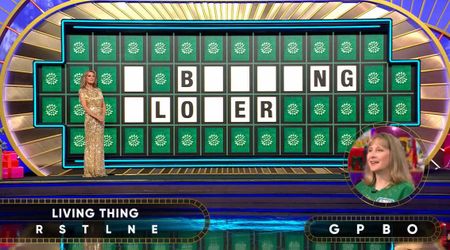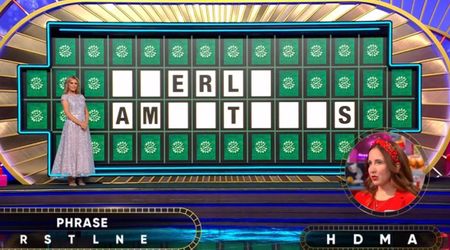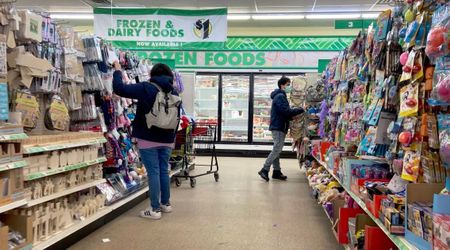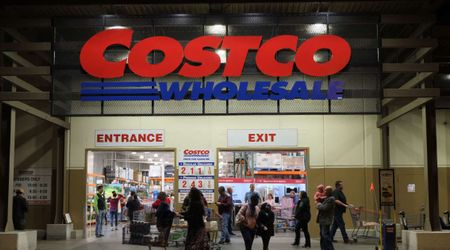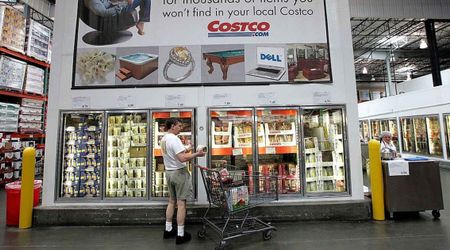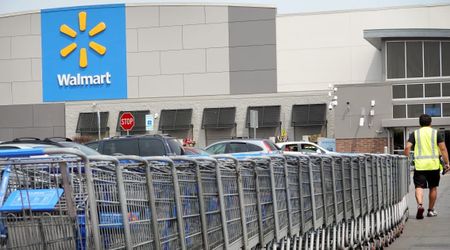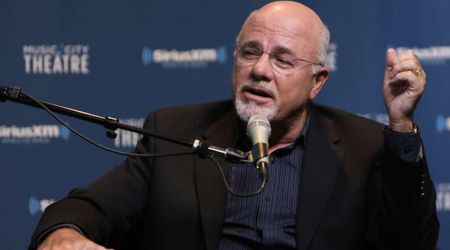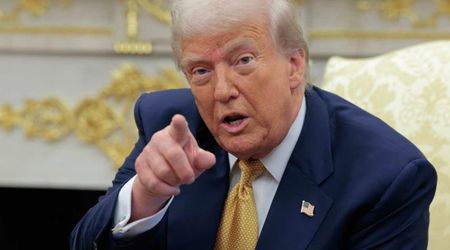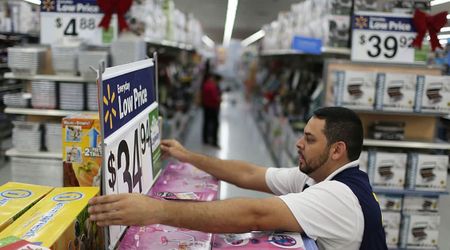Leading bank breaks down just how much Trump’s trade policies is costing Americans

U.S. President Donald Trump made his flashy "reciprocal tariffs" the bedrock of his campaign, promising to reduce the trade debt and make the nation "wealthy again". However, economists argue that most of the burden of the tariffs would be borne by the American consumers, and the benefits of the revenues will be undermined by rising costs. Leading investment, UBS, has also released a forecast for the U.S. economy for 2026 through 2028, suggesting that the tariffs translate to a "big tax increase" for consumers.

The UBS analysis, cited by Fortune, suggests that the Trump administration's tariffs are hampering growth and contributing to persistent inflation. UBS added that the importers hit by the tariffs typically pass the costs to the consumers, and higher prices cut into real income gains for consumers. Thus, the policy essentially functions as a regressive tax rather than a dividend, the report mentions.
Coming to the numbers, the UBS reported that the current tariff policies imply a weighted-average tariff rate of 13.6%, marking a 5x jump from the 2.5% average at the beginning of the year. The most immediate impact of this, according to UBS, is rising prices, which are keeping inflation levels steady.
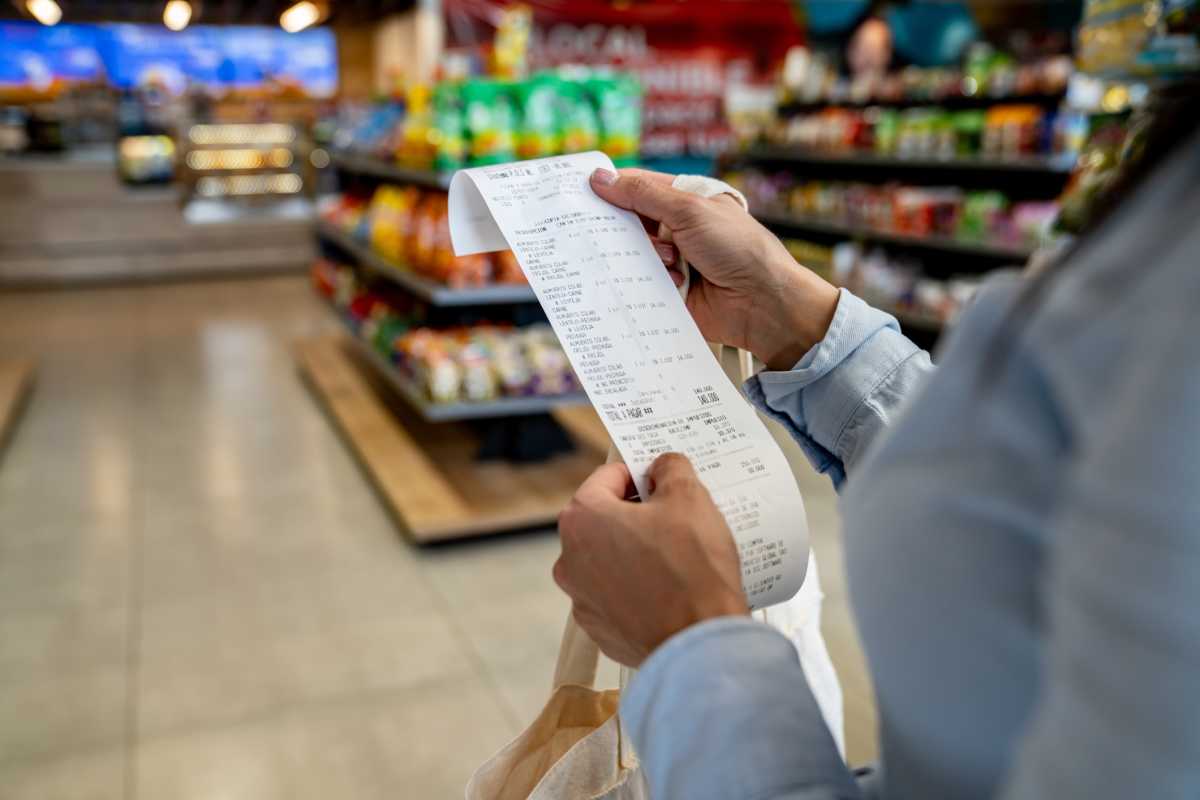
The report estimates that the new trade regime will add 0.8 percentage points to PCE inflation in 2026, which will potentially erase a year's worth of disinflation progress. This will continue to make prices go up roughly at a 3.55% rate, despite housing and energy costs easing.
At the time when the tariffs were introduced, Goldman Sachs suggested that American consumers would absorb about 55% of the tariff costs by the end of the year. As per the analysis cited by ABC News, consumers could end up paying 70% of the cost by the end of next year, the report said. The UBS analysis suggests that the passage of costs is already adding pressure on American households as the average hourly earnings growth has slowed to roughly 3.5% over the past six months. Thus, the inflationary surge is proving to be costly, with the expected quarterly annualized PCE inflation to be between 3% and 4% over the next two quarters. The report also highlights that some households are impacted by the rising costs more than others.
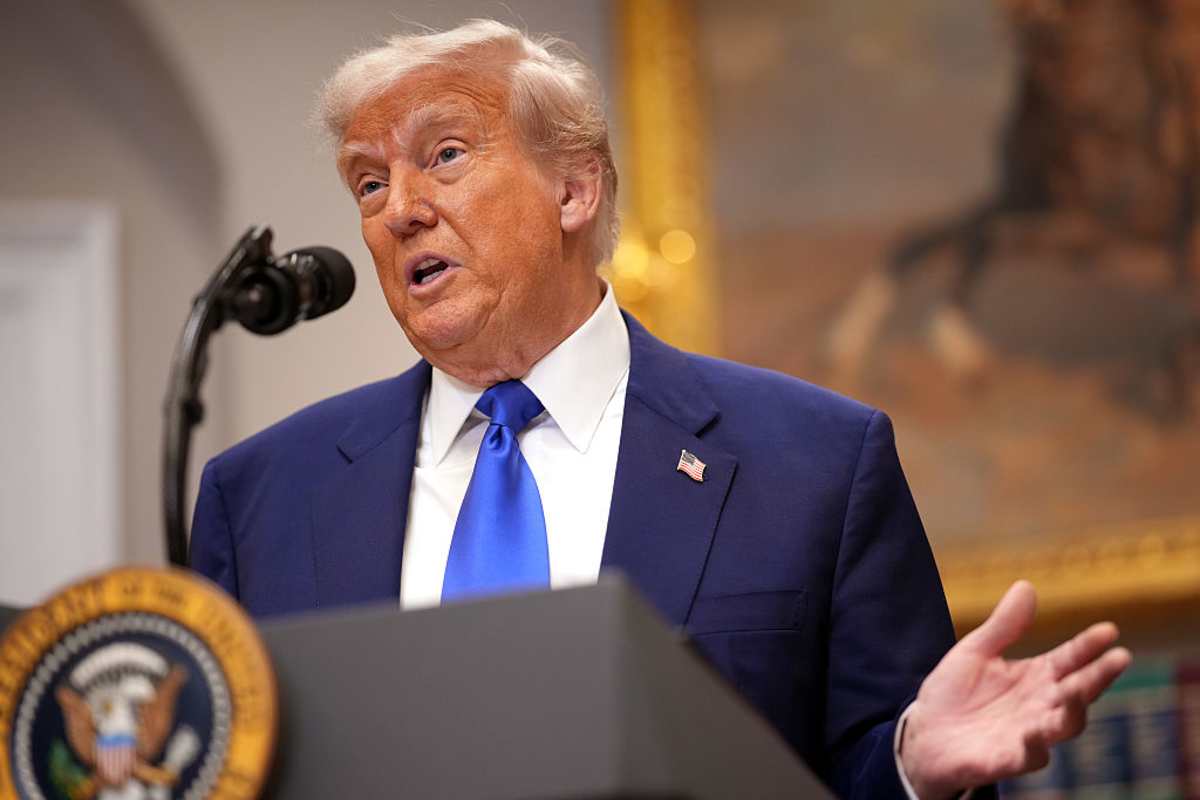
While President Trump has floated the proposal of giving the money back to the low and middle-income Americans through $2,000 "tariff dividend" checks, the logic behind the idea remains questionable. According to Fortune, the U.S. Treasury collected $195 billion in tariff revenue in fiscal 2025, but John Ricco of Yale’s Budget Lab estimates it won't be enough to fund dividend checks. Ricco estimates that the program will need $600 billion to fund the checks, which is far more than the government's income from tariffs.
More on Market Realist:
US Supreme Court can stop Trump's tariffs from ruining your Christmas — here's how
Your favorite pasta brands could disappear from grocery stores as Trump plans 107% import tax
Donald Trump is ‘fixing’ the 'broken' economy he got from Joe Biden, says Tom Emmer



